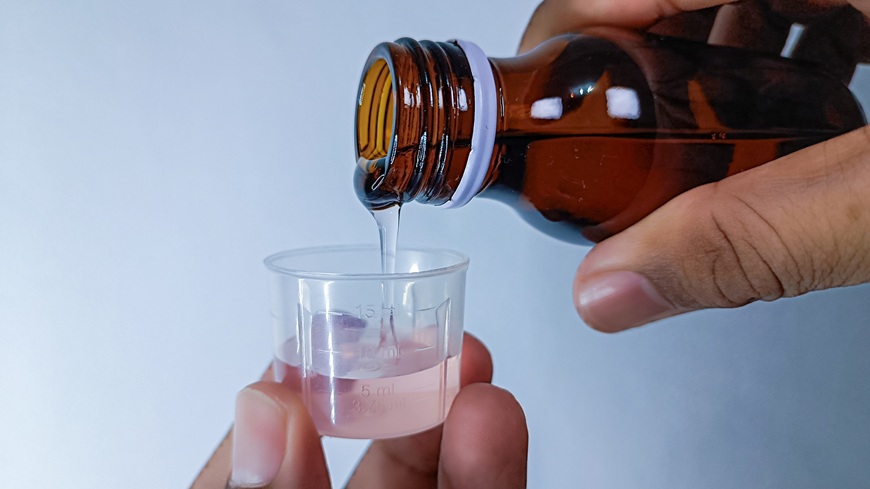In light of continuing reports of paediatric syrups contaminated with ethylene glycol (EG) and diethylene glycol (DEG) linked with deaths in Africa and Asia, the European Pharmacopoeia Commission (178th session, March 2024) mandated the Carbohydrates Working Party (CRB WP) to establish a method capable of detecting and quantifying both these contaminants in sorbitol and maltitol, excipients that are widely used in syrup formulations.
As a result, and thanks to the commitment of the members of the CRB WP, a “Potential adulteration” section describing an analytical procedure for the quantification of EG and DEG when suspected to be present in harmful amounts has been included in the four European Pharmacopoeia (Ph. Eur.) monographs concerned, Sorbitol, liquid, partially dehydrated (2048), Sorbitol, liquid (non-crystallising) (0437), Sorbitol, liquid (crystallising) (0436) and Maltitol, liquid (1236), all of which have been published in Pharmeuropa 37.4 for comment.
This is the first time that a group of experts has proposed to incorporate a “Potential adulteration” section as described in the Ph. Eur. General Notices (section 1.5.1.6). According to the latter, such a section is appropriate for “monographs on substances for which an incident has occurred or which are at risk of deliberate contamination” and “the requirements listed in this section apply to the whole supply chain, from manufacturers to users”. The new section published in the four monographs describes a gas chromatography method to be used for the detection of harmful levels of EG and DEG when adulteration is suspected, with limits of 620 ppm for EG and 0.10 per cent for DEG.
All users are encouraged to comment on these four texts in Pharmeuropa 37.4 (with a deadline for comments of 31 December 2025), viewing them as a package and considering whether a comment made on one of them also applies to the others.
For more information on how to comment, please consult our “How to comment” guide. Comments from interested parties from member states of the European Pharmacopoeia Convention should be sent to the responsible national pharmacopoeia authority (NPA); comments from other countries or from industry associations should be sent to the European Directorate for the Quality of Medicines & HealthCare (EDQM) via the EDQM HelpDesk.
See also:
- Direct link to Maltitol, liquid monograph (1236)
- Direct link to Sorbitol, liquid (crystallising) (0436)
- Direct link to Sorbitol, liquid (non-crystallising) (0437)
- Direct link to Sorbitol, liquid, partially dehydrated (2048)




